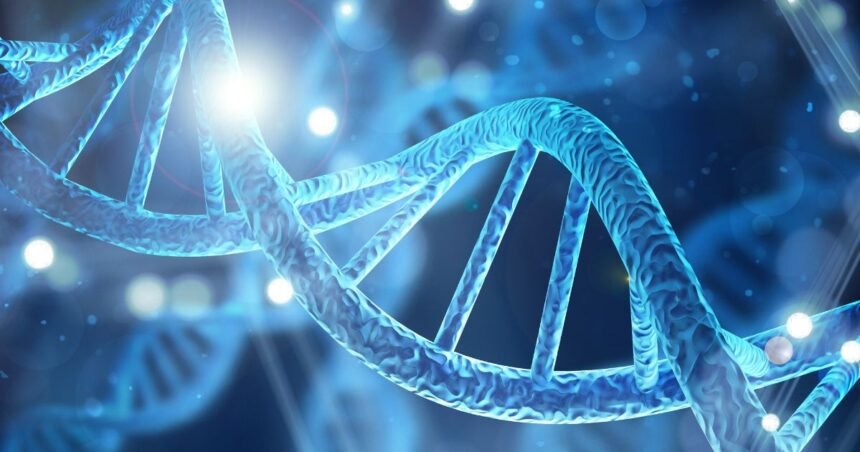The central dogma of biology forms a core principle for understanding the flow of genetic information within a cell. It explains the transfer of information between different types of molecules and provides a framework for how characteristics are passed from genes to proteins.
DNA Makes RNA Makes Protein
The central dogma summarizes the process in which DNA is used to make messenger RNA (mRNA), which is then translated into chains of amino acids called proteins. This can be summed up by the sequence “DNA makes RNA makes protein.
| Step | Process | Description |
|---|---|---|
| 1. Transcription | DNA → RNA | Segments of DNA called genes are copied into messenger RNA (mRNA) molecules |
| 2. Translation | RNA → Protein | Ribosomes in the cell read the mRNA code and string together amino acids to form a protein |
| 3. Replication | DNA → DNA | Full copies of the entire DNA genome are made each time a cell divides |
First, specific segments of the DNA molecule called genes serve as a template to produce complementary mRNA strands. This process is called transcription.

Next, in the process of translation, cellular machines called ribosomes read the mRNA and assemble a protein out of amino acids in the order specified by the mRNA.
The One Way Transfer of Genetic Information
A key tenet of the central dogma is that the transfer of information flows only in one direction, from genes encoded in DNA to proteins. Once information is converted from DNA → RNA → proteins, it cannot be transferred back from protein to nucleic acid.
There are very few exceptions where transfer of information back to nucleic acids may occur. This includes reverse transcription of RNA back into DNA by some viruses.
Context for Understanding Genetics and Inheritance
By framing the production of proteins based on genes, the central dogma establishes the connection between genetics, DNA sequences and biological traits. It provides context for how DNA mutations lead to altered proteins that drive disease progression or introduce variation.

that allow cells to convert genetic information stored as DNA into functional protein molecules:
- Transcription copies DNA into temporary transport mRNA
- Translation decodes the mRNA into proteins
- Replication duplicates DNA to propagate genetic information
- The central dogma mainly focuses on transcription of DNA into mRNA and its subsequent translation into proteins. DNA replication ensures the genetic code is passed to daughter cells.
Almost all modern molecular biology is grounded in the central dogma. From DNA sequencing to studying gene expression networks, the central dogma remains a guiding principle in biotechnology. It ushers researchers to investigate genetic causes of disease and serves as the foundation for emerging genome engineering technologies like CRISPR.
The elegantly simple central dogma continues to hold significance as our go-to model for the flow of biological information responsible for life’s diversity.






